What You Need to Know About Pet Insurance Coverage and Exclusions
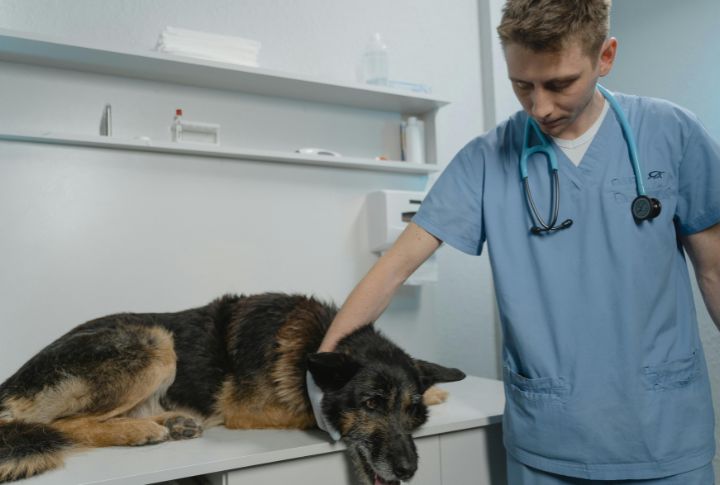
Just like human health insurance, pet insurance varies widely in coverage and cost. While many plans help with veterinary expenses, surgery, and medications, others may leave certain situations uncovered. So, let’s explore seven critical areas pet insurance typically covers and highlight eight common exclusions pet owners should be aware of.
Cosmetic or Elective Surgeries (Not Covered)
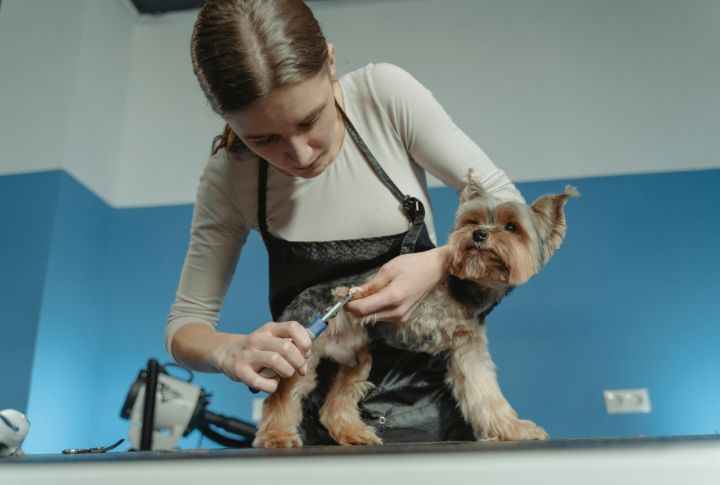
Elective or cosmetic surgeries are not covered under pet insurance. Procedures like tail docking, ear cropping, or declawing are non-essential needs. Because of this, they fall outside the scope of standard insurance policies. So, be ready to pay for them out of pocket.
Accidents and Injuries (Covered)
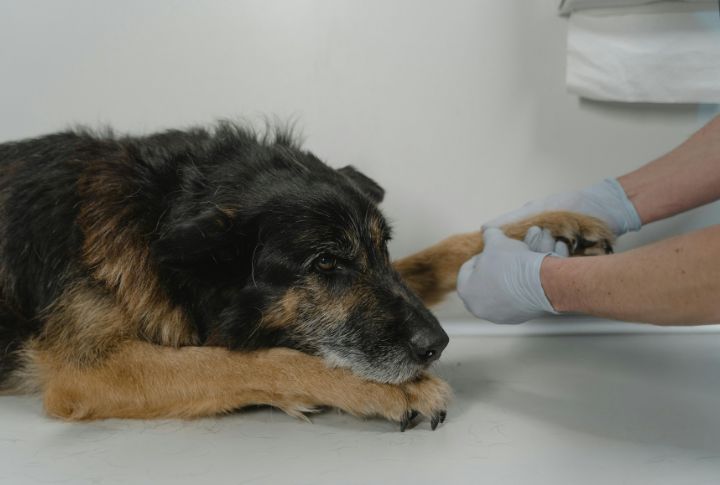
One of the benefits of pet insurance is coverage for accidents and injuries. If your dog gets hit by a car, your cat falls off a high ledge, or your pet has an unexpected run-in with something harmful, pet insurance typically covers the medical expenses. Most plans often include treatments for broken bones, wounds, and emergency surgeries.
Pre-Existing Conditions (Not Covered)

A key limitation of pet insurance is that it generally does not cover pre-existing conditions. This means that if your pet had an illness or injury before your insurance policy was activated, any treatment related to that condition won’t be covered. Insurers require a waiting period after signing up, and issues diagnosed before this period will be excluded.
Illnesses (Covered)
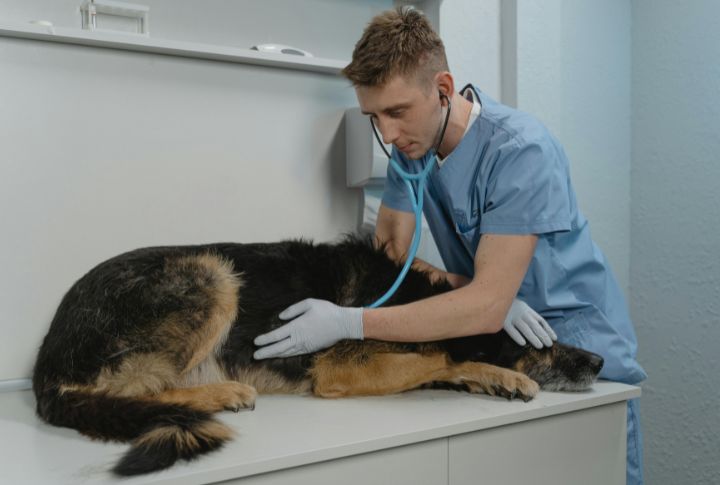
When your pet falls ill, insurance can help cover treatment costs. Common illnesses like infections, stomach issues, and more severe conditions like cancer are usually covered. Having insurance in place ensures that when your pet gets sick, you don’t have to make difficult financial decisions about their care.
Routine Checkups (Not Covered)
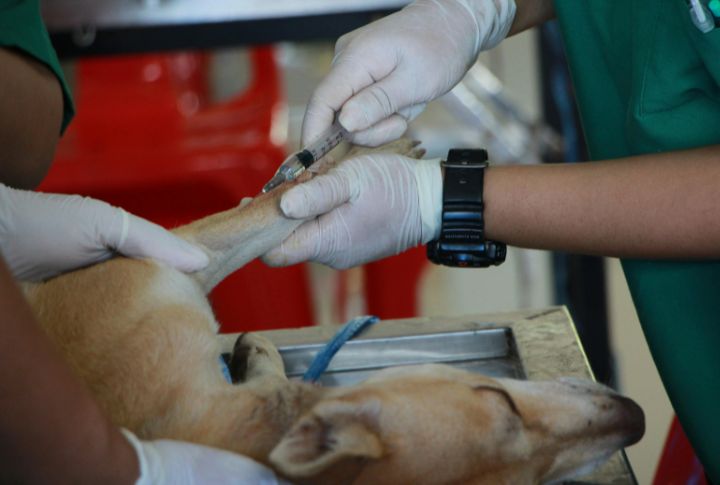
While pet insurance covers accidents and illnesses, routine wellness care is often not included. Annual checkups, vaccinations, flea and tick prevention, and heartworm medication aren’t covered under a standard insurance plan. You’ll need to cover them yourself unless your insurer offers a package that includes these services.
Surgery (Covered)
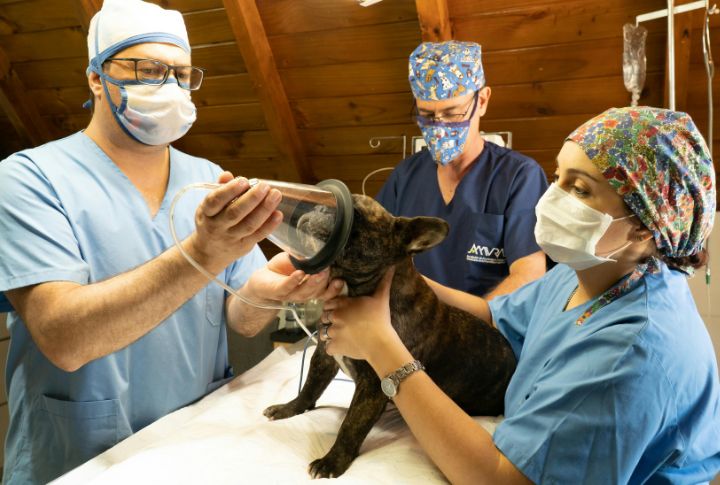
If your pet requires surgery (invasive or non-invasive) due to an illness, pet insurance covers the costs of the procedure. This includes everything related to the surgery, such as anesthesia, the procedure, and post-operative care. Major surgeries can easily cost thousands of dollars, so insurance protects you from these steep costs.
Spaying and Neutering (Not Covered)
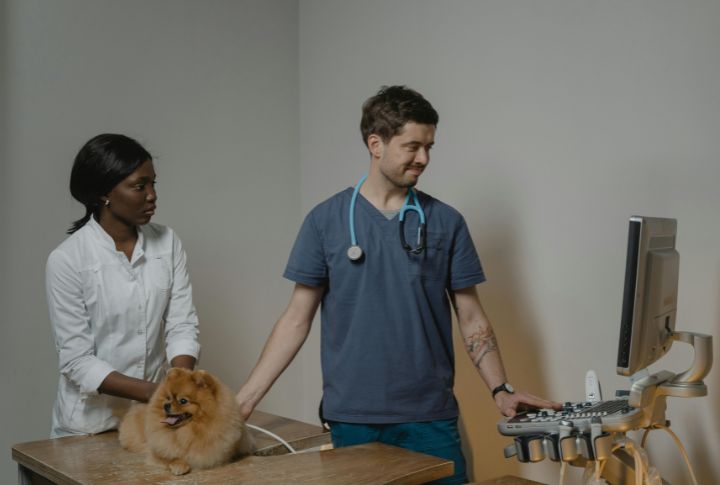
Despite being highly recommended for most pets, spaying and neutering procedures are not covered by basic pet insurance. These are considered elective surgeries, so you need to have a plan that includes preventive procedures. Although routine in nature, spaying and neutering can be a one-time cost that many owners plan for early in their pet’s life.
Hospitalization (Covered)
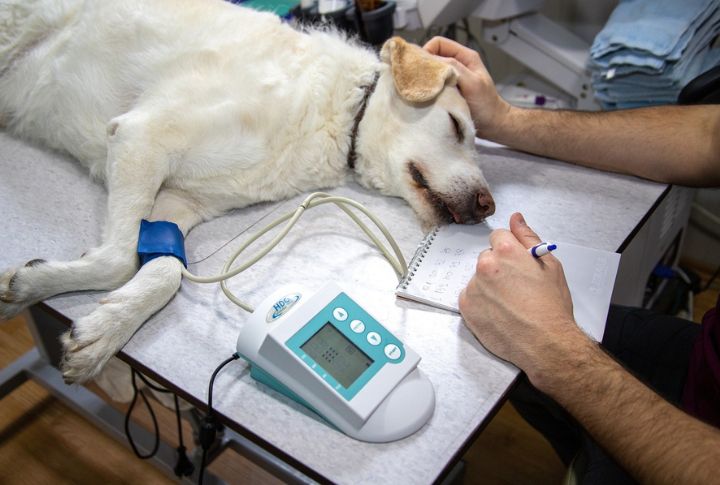
Pets often need to be hospitalized for monitoring. Pet insurance usually covers the costs associated with your pet staying in a veterinary hospital. Hospital care can become extremely expensive, so this coverage is valuable when your pet needs to stay at the vet longer than a routine checkup.
Dental Cleanings (Not Covered)
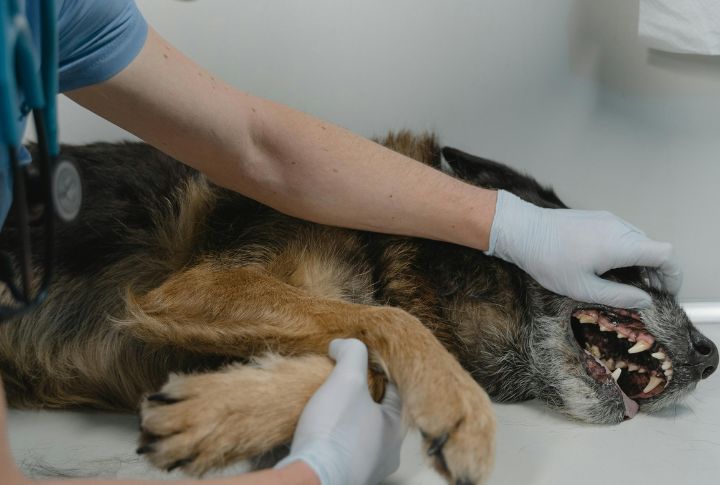
Dental issues like infections or extractions might be covered if they’re related to an illness or injury, but routine cleanings and maintenance are excluded. Regular dental care helps prevent long-term issues, but you’ll need to budget for these costs separately, as they fall under preventive care that most policies don’t include.
Prescription Medications (Covered)

Many pet insurance plans cover prescription medications that are necessary for treating covered conditions. This includes antibiotics for infections, medications for chronic illnesses, or treatments for more serious conditions. However, this coverage also depends on the type of policy you choose to get.
Grooming Services (Not Covered)
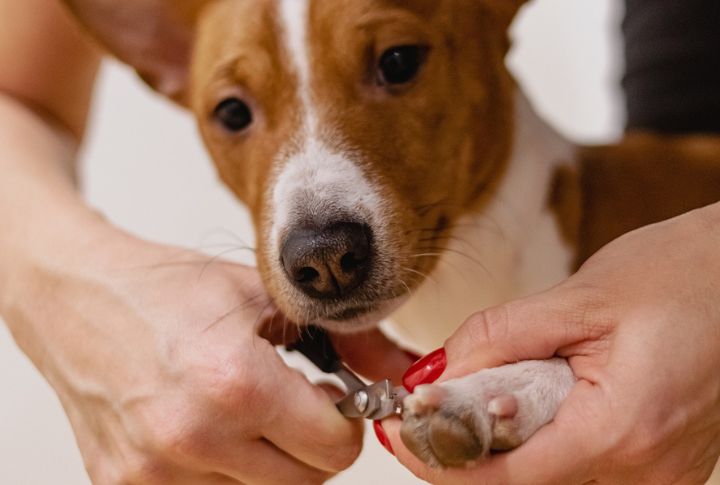
Basic grooming services like baths, nail trims, and haircuts are not covered by pet insurance. Even if your dog’s coat gets a little out of control or your cat needs a professional cleanup, these cosmetic services fall under routine care, which insurance does not pay for. It is seen as a personal expense rather than a medical necessity.
Diagnostic Tests (Covered)

When your pet isn’t feeling well, diagnostic tests are often necessary to determine what’s wrong. Pet insurance typically covers the cost of these tests, including blood tests, MRIs, and ultrasounds. These tools help vets determine the best course of treatment and can be pricey, but with insurance, you’ll get assistance in paying for them.
Breeding And Pregnancy Costs (Not Covered)

If your pet is going to become a parent, pet insurance won’t cover any of the costs associated with breeding, pregnancy, or birth. Breeding is considered a voluntary process, so insurers exclude these services from coverage. If breeding is part of your pet’s life plan, it’s important to set aside funds for these expenses in advance.
Chronic Conditions (Covered)
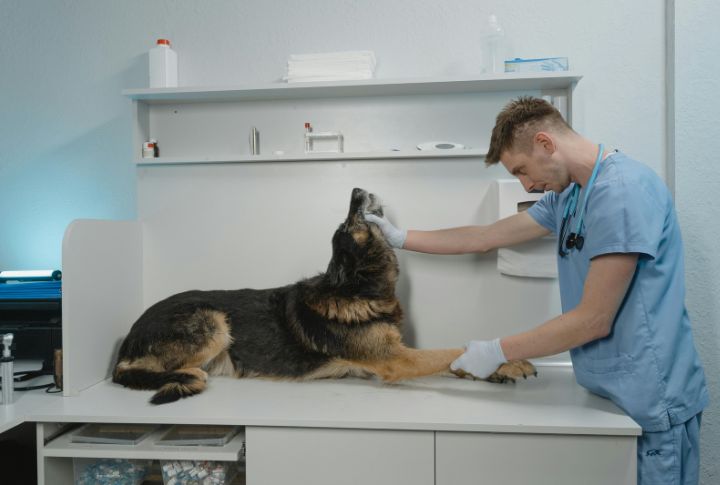
Many insurance plans will help cover the costs if your pet develops a long-term condition after the policy starts. Once your pet is diagnosed, ongoing treatments will be included in the coverage. This is particularly valuable as chronic conditions often require lifelong management, which can result in significant costs over time.
Behavioral Training (Not Covered)

You’ll be responsible for those costs when your dog needs professional training or therapy to address behavioral problems. Insurance is focused on medical health rather than behavioral health, so treatments like training classes or consultations with animal behaviorists are considered outside their coverage.





